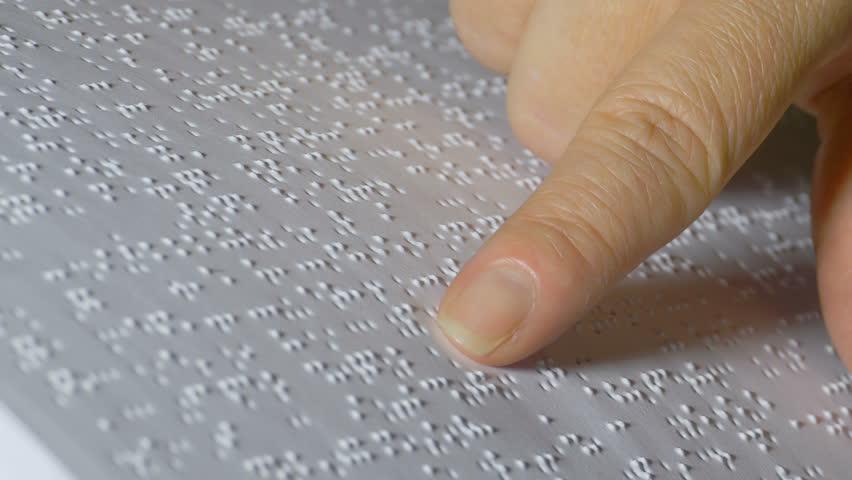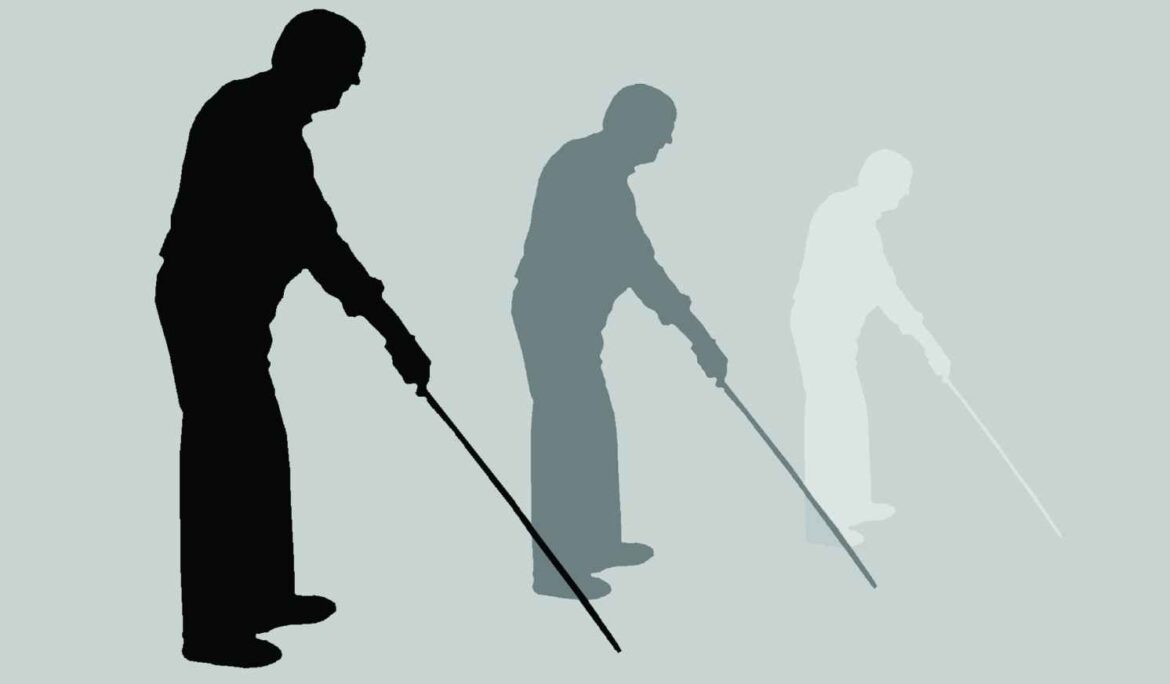
Braille is a system of raised dots that can be read by touch, primarily used by people who are blind or visually impaired to read and write. It was invented by Louis Braille, a French educator who was himself blind, in the 19th century. The system consists of patterns of raised dots that represent the letters of the alphabet, as well as numbers, punctuation marks, and other symbols. Braille can be produced using a variety of methods, including embossing paper with a special machine, using a computer to generate Braille output, or using a slate and stylus to manually create the dots. Braille literacy is an important skill for people who are blind or visually impaired, as it allows them to access written information and communicate effectively.
- Braille consists of a grid of six dots, arranged in two columns of three dots each. Each dot can either be raised or not raised, creating 64 possible combinations.
- The Braille alphabet consists of 26 letters, which are represented by different combinations of dots in the grid. For example, the letter “A” is represented by a single dot in the upper left corner of the grid, while the letter “B” is represented by dots in the upper left and middle left positions.
- In addition to the alphabet, Braille also includes symbols for numbers, punctuation marks, musical notation, and other special characters.
- Braille can be read using the fingertips, with each raised dot representing a letter, number, or symbol. Skilled Braille readers can read at a similar speed to sighted readers.
- Braille can be produced using a variety of methods, including a Perkins Brailler, which is a machine that punches raised dots into paper, or a refreshable Braille display, which uses tiny pins to create the dots on a flat surface that can be felt.
- Braille is used in a variety of settings, including schools, libraries, and workplaces. It is an important tool for literacy and independence for people who are blind or visually impaired.
- Braille uses a six-dot cell, with two columns of three dots each, to represent each character. Each dot is either raised or not raised, and different combinations of raised and non-raised dots represent different characters.
- The leftmost column of the Braille cell represents the letters “a” through “j,” while the rightmost column represents the letters “k” through “t.” The remaining characters, including numbers and punctuation marks, are represented using combinations of dots in both columns.
- In addition to standard characters, Braille includes contractions and abbreviations that allow for more efficient reading and writing. For example, the word “and” is represented by a single character, and the word “with” is represented by a combination of dots that also represents the letter “w.”
- There are also different grades of Braille, each with its own set of rules and contractions. Grade 1 Braille is the simplest form and includes only the standard alphabet, numbers, and basic punctuation marks. Grade 2 Braille is more complex and includes a larger set of contractions and abbreviations.
- Braille can be read using the fingertips, with the reader moving their fingers across a line of text to feel the raised dots. Braille readers often use their non-dominant hand to hold the reading material steady while reading with their dominant hand.
- Braille can be produced using a variety of methods, including a Perkins Brailler, which is a machine that punches raised dots into paper, or a refreshable Braille display, which uses tiny pins to create the dots on a flat surface that can be felt. Some people also use a slate and stylus, which is a handheld tool used to manually create Braille characters on paper.

Overall, Braille is a versatile and highly effective system for reading and writing, providing a means for people who are blind or visually impaired to access written information and communicate with others in a meaningful way.

